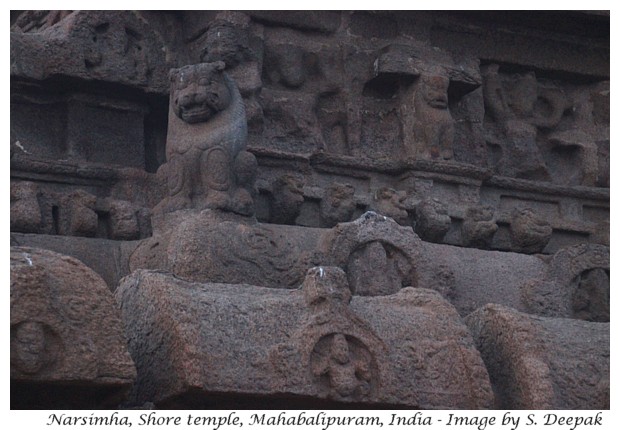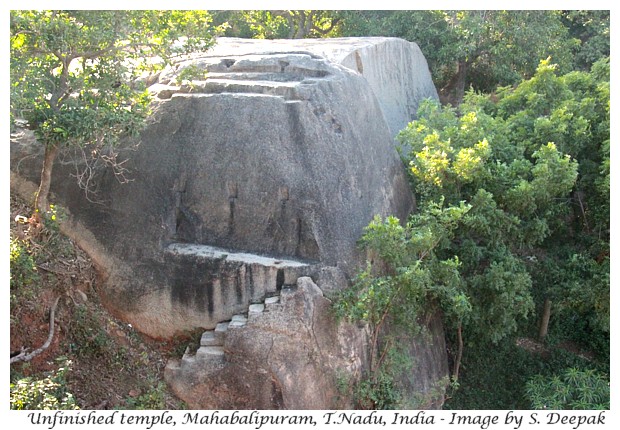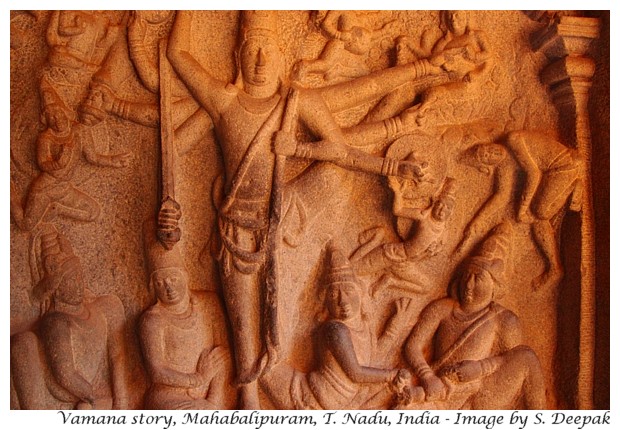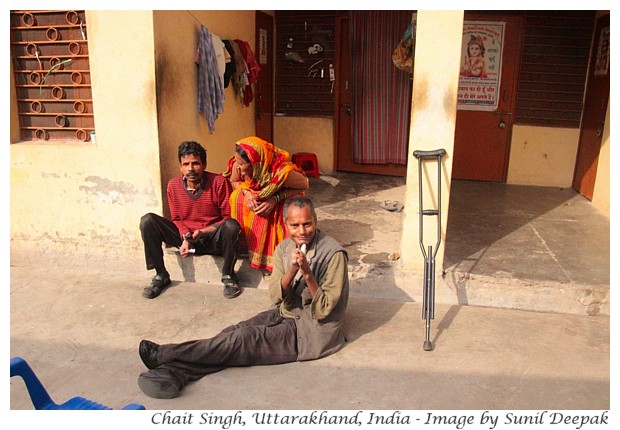To explain the basic concepts of Emancipatory Research (ER) and especially, to explain, how it is organised, I am going to present some examples of Emancipatory Disability Research (EDR). All these examples are about disability, but I think that the basic principles would be same for conducting ER with other groups of marginalised persons.
Background
The idea of conducting a research on disability and sexuality came during a conversation with a friend who had lost an arm during an accident some years ago. She told me that after losing her arm, she had become sexually invisible to the men. Though at that time, I was married for more than 2 decades and was a father of a child, I found it difficult to talk about sexuality with others. I thought that doing a research on disability and sexuality would be a good way for me to overcome my inhibitions.Most of the research carried out about sexuality of disabled persons looks at it as a problem, as a part of their impairment. It is often seen as something pathological, to be treated, cured and controlled.
I wanted to look at sexuality from the point of view of persons with disabilities. Expressing our sexuality is our human right. I wanted to see how families and communities look at and influence the desire of expressing sexuality of persons with disabilities.
The research involved a small number of persons (21), both men and women, above 18 years of age and with different disabilities. Except for one gay person, all the remaining participants were heterosexual. The research was carried out through emails and had only one physical meeting when the participants met each other.
Research Process
The whole research was in Italian and was later translated into English. It was organised in the following steps:An announcement was placed in some disability related newsgroups to ask for volunteers for a study on disability and sexuality.Persons responding to this announcement were sent more information about the study and were asked to provide some general information.
The main research issues were defined in collaboration with the participants (25 persons).
Then over a period of four months, these issues were discussed with the participants through individual emails. 21 persons out of the 25 who had originally agreed, actually completed this phase of the research.
A huge amount of text material of our discussions about sexuality were collected. I analysed this material and produced 16 theme reports in Italian, which were shared and discussed collectively with most of the participants (a few persons preferred to have these discussions individually instead of collectively).
On the basis of the theme reports and discussions, I prepared a summary report in Italian (later translated into English, which was used for my thesis).
Though I coordinated the whole process and asked most of the questions, the participants were free to raise questions to me, including questions related to my sexuality. Throughout the process, I tried to be honest and sincere in my answers to all the questions asked to me.
Impact of the research
At the end of the research, most of the participants expressed appreciation of how it had been learning and empowering process for them. Here are the comments of two participants:Anna: I am reading the reports on our answers and it is getting to be very interesting. It is an “experience” in the sense of reading what others think and feel, makes me feel very close to them … first I was speaking alone and now I hear voices of others and that is very beautiful. … I have to say that reading what you have written, what we have written, it is such a strange and moving experience that I can’t describe it. Every evening when I download my mail, I am hoping to see another of these reports and then after reading them, I think about them for a long time. When I started participating in this research, I didn’t think that it would be such an involving experience. Reading your words is like looking at myself through a mirror.
Alice: I have read the report in the morning and for the whole day, I kept on thinking about it. I am reflecting on things that I had never thought about before. I went some times to the disabled people’s organisation office – but it is full of persons complaining all the time. I didn’t want to go back there again. I never felt part of a group of “disabled persons”. When people earlier used to say the “world of disabled persons”, I couldn’t understand what they meant. I never thought that by having similar needs we become similar persons … reading this report, it was like a flash of light in my head. Perhaps when the non-disabled persons say “you all”, it is not so strange after all.
Note: The names of the persons have been changed.
For me personally, participating in this research was a life-changing experience. Some of the things which the participants wrote to me, they had a deep effect on me. Often, I spent whole days thinking about what people had shared. It prompted me to share more honestly my own thoughts with the others.
18 years after this experience, I still remember the strong emotions provoked by this research. With one participant, I continue to be friends even today. I feel that this research helped me to become more open about my own sexuality and also to be more accepting of other persons’ diverse ideas about sexuality.
Issues Discussed During the Research
This research touched on different aspects of sexuality - from our need of intimacy and the meaning of sex in our lives, to the role of masturbation, pornography or the experiences of sexual violence. It gave me a better understanding of how we are influenced and changed by the attitudes and expectations of the people surrounding us. It provided real life examples of how different barriers intersect and reinforce each other in the lives of disabled persons.Some of the issues raised up during our discussions were completely new to me. For example, I had no idea about specific sexual aids for persons with disabilities, cybersex, telephone sex and devotees (persons who like to have sex with a disabled person). Our discussions were sometimes about pain and frustration, at others they were laced with humour and irony.
For example, during the discussion about devotees, one of the participants wrote, "If you know someone, let me know! I am only joking, I don’t think I want a person who wants me only because I am disabled and not because I am Alice, though it would be the first time in my life that my disability is actually useful for something!"
I think that it made me aware about aspects of sexuality that otherwise I would have never understood. For example, a few years later, while talking of sexuality with a transgender woman, she said, "I don't have a real vagina, so I can't really enjoy sex."
I think that it made me aware about aspects of sexuality that otherwise I would have never understood. For example, a few years later, while talking of sexuality with a transgender woman, she said, "I don't have a real vagina, so I can't really enjoy sex."
It made me think of my discussions with the participant of this research, who was a tetraplegic, had no sensations in his body below his neck and for him sex meant licking and giving orgasm to his girlfriend. He had never said that he could not enjoy sex, rather the opposite, he craved it! For him sex was much more than genitals - it was about affection, intimacy, complicity and the joy of having a deeper human connection.
For me, it was important to understand that both the point of views expressed above, that of the transgender woman and that of the guy with tetraplegia were equally valid.
I think that my thesis captured the spirit of this research. But it had a word-limit, thus I was forced to leave out a lot of things that were insightful and significant for me. Therefore, compared to the thesis, I feel that my 16 theme reports written in Italian were more powerful. For many years, I had thought of translating into English all those theme reports and sharing them online, but I never came around to actually doing it.
Doing this research convinced me about the importance of emancipatory research in which a group of marginalised persons can gain empowerment by talking to each other and by sharing experiences and ideas with each other in a systematic way that focuses on personal as well as, collective issues such as barriers.
Ever since that first EDR conducted 18 years ago, I have been involved in facilitating a number of such researches in different parts of the world. However, after that first experience, I have never been a part of the participants, who interact with each other. I remain outside the group, helping them to reason it through, train them in how to think about issues, help them understand and analyse their reports.
Conclusions
If you wish to learn more about this research, you can download my research thesis (PDF).I think that my thesis captured the spirit of this research. But it had a word-limit, thus I was forced to leave out a lot of things that were insightful and significant for me. Therefore, compared to the thesis, I feel that my 16 theme reports written in Italian were more powerful. For many years, I had thought of translating into English all those theme reports and sharing them online, but I never came around to actually doing it.
Doing this research convinced me about the importance of emancipatory research in which a group of marginalised persons can gain empowerment by talking to each other and by sharing experiences and ideas with each other in a systematic way that focuses on personal as well as, collective issues such as barriers.
Ever since that first EDR conducted 18 years ago, I have been involved in facilitating a number of such researches in different parts of the world. However, after that first experience, I have never been a part of the participants, who interact with each other. I remain outside the group, helping them to reason it through, train them in how to think about issues, help them understand and analyse their reports.
*****
#emancipatoryresearch #disability #sexuality #report #thesis




















































